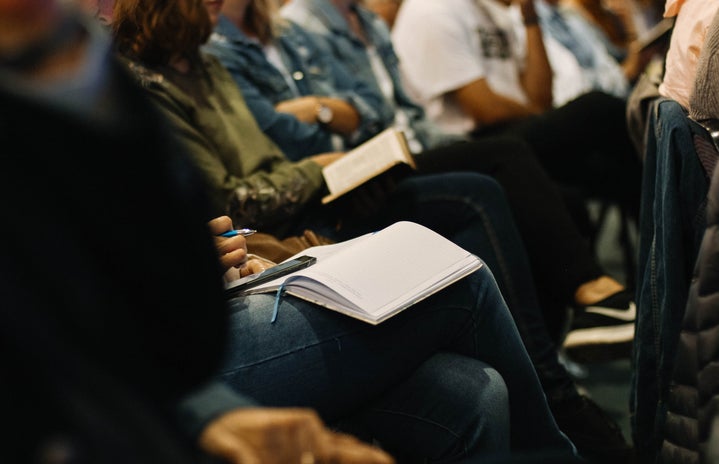I have always been inclined to study the arts. When I was a child (at about 9 years old), I wanted to be an actress until someone told me I wasn’t going to be able to make a living. Growing up, I always looked for ways to express myself creatively, yet I felt more obliged to say that I wanted to study biology so I could eventually become a doctor – a career highly regarded as “stable.”
Thankfully, my parents expected me to acquire an education in anything I liked. They didn’t micromanage my career decisions, so I am now pursuing a graphic design and journalism double-major. However, this notion that achieving a career in any field other than the arts is the only way to succeed in life has personally affected me and many other students who are interested in pursuing the arts. Here are some truths that prove just how impactful art and the work artists do is.
Everything you see is thanks to an artist
Let me begin by debunking the myth that the arts are merely just a hobby and not a career choice. I think a lot of people disregard how art and design shapes our lives. They decorate your home; they are the clothes you wear; they are the movies you watch; they influence what kind of product you buy; they are the music you hear on a Friday night; they are the food on the plate in front of you. All that you see in your daily life is the tireless work of an artist. Without art majors and professionals, we wouldn’t have all the creative expressions that we see and take advantage of in our daily lives.
A Decrease in Funding Means a Decrease in Interest
Let’s dive into the facts about the possible contributors of the stigma. The disparity between how much an artist has invested in his or her education and the financial compensation in the work field is the effect of the underestimation of careers in the creative field.
Artists are twice as likely to have received a college degree, compared to other members of the labor force. Dana Gioia, the chairman for the National Endowment for the Arts, argues that the underemployment of American artists is due to a “loss of cultural and creative expertise.” I believe that the decrease in funding for art programs in public schools has affected the overall interest in art for kids who might benefit from this kind of stimulation. If kids are not introduced to the world of art, they might never experience the glory of it and not choose it as a career path, which contributes to the loss of expertise that Gioia is talking about.
However, people who take up the arts as a hobby receive many mental, physical and emotional benefits. Children who receive an arts education develop motor skills, social skills and creativity – skills that prove to benefit them in the future.
There Is Hope
Job rates are rising in the creative industry, though. Companies call upon artists to do branding, packaging and website design, etc. in hopes of keeping the business going. Also, companies and investors are starting to realize that investing in art has its benefits, for its market stability. And even though Trump sought to eliminate all funding for the National Endowment of the Arts and the National Endowment for the Humanities, Congress voted to include $300 million in the budget for both endowments.
This is good news, and it indicates that people high up in the government are aware that investing in the arts has its perks for the citizen. Let’s keep the ball rolling by going to your local museum or theater and contributing to the arts!
In my first art class in UF, I learned that art serves as a lens for seeing the reality of situations in life that we can’t understand. Metaphors of the realities of U.S. politics, the opioid crisis, the homeless, environmental changes in the world, a statement to make people aware of a disease and a way of communicating feelings of depression or anxiety from person to person are just some of the topics that artists cover in their artwork.
Art is a way to engage with the human mind and psyche – regardless of racial, political or social differences – and provoke a positive change. Art has helped people address world wars and economic crises throughout the world; it has helped people make sense of terrible circumstances. As an aspiring artist, I encourage you to look around and be inspired by art to create more art.

